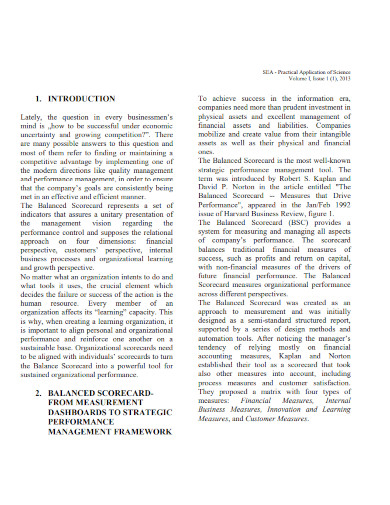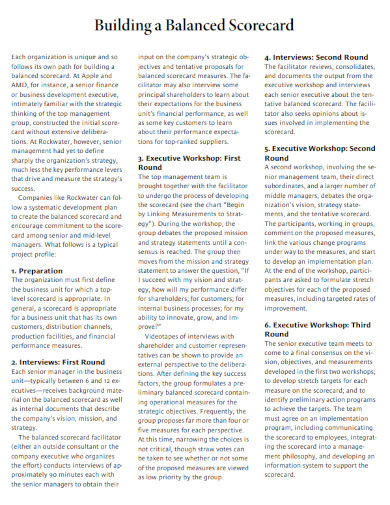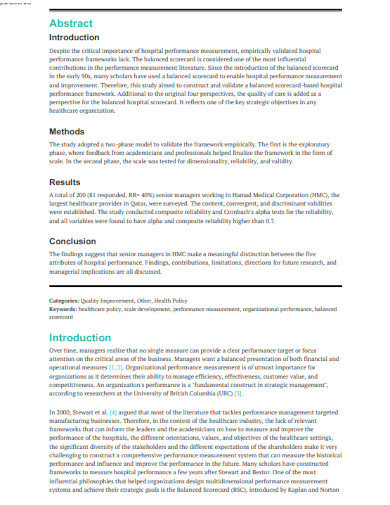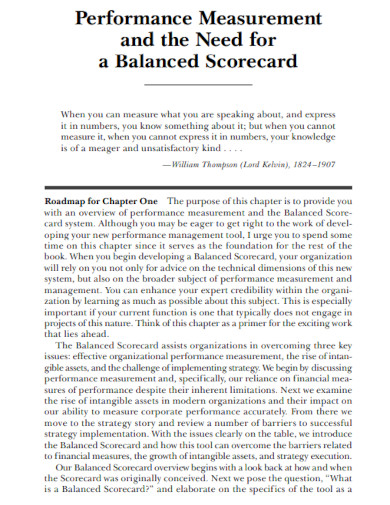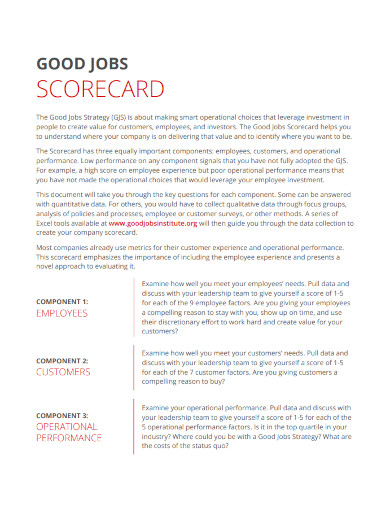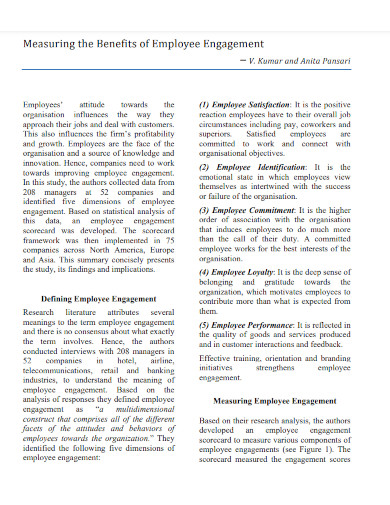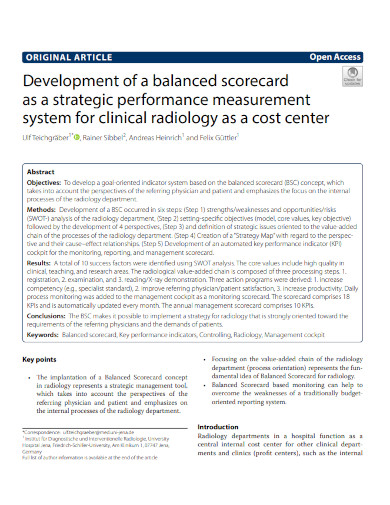The evaluation of an employee’s performance by training management experts is sometimes done with the help of a scorecard for employees. Employee scorecards, which often include a list of essential quality training, abilities, and day-to-day responsibilities, can effectively motivate workers to increase their output. You may be interested in using employee scorecards to review your team members if you are a business manager, team lead, or hold another type of supervising role within your firm. These are all positions that fall under the category of “manager.”
10+ Employee Scorecard Samples
1. Employee Performance Scorecard
2. Employee Corporate Scorecard
3. Employee Balanced Scorecard to Work
4. Employee ProfitStars Performance Scorecard
5. Employee Scorecard Based Hospital Performance
6. Employee Scoreboard Step by Step
7. Employee Good Jobs Scorecard
8. Benefits of Employee Scorecard Engagement
9. Employee Scorecard Assess
10. Employee Development of a Balanced Scorecard
11. Employee Balanced Scorecard for State-Owned Enterprises
What Is Employee Scorecard?
A management tool known as an employee scorecard is used to evaluate and keep track of an employee’s performance. Individuals can plan, organize, and carry out essential initiatives with the assistance of this application, making it the ideal organizational instrument. It describes the roles that each person plays and the contributions they make to the workplace. In addition, it enables them to concentrate on the employee tasks at hand, which increases productivity. A scorecard for employees stimulates self-improvement and helps employees feel better about themselves by providing clarity and confirmation.
How To Make an Employee Scorecard?
Knowing how to construct a custom scorecard for your organization can be essential because the objectives, fundamental beliefs, and expectations of each firm and position are different. Doing so can ensure that the employee scorecards you use measure qualities and characteristics your firm places a high value on. Follow these steps to develop a scorecard to evaluate the performance of your staff members:
Step 1- Create a specific goal
Scorecards for employees can serve a variety of purposes, including assisting workers in producing high-quality output. When developing a scorecard for employees, it is essential first to examine the goals you wish to achieve through using the scorecard.
Step 2- Consider what is essential
When developing an employee scorecard, it is vital to consider the qualities, quotas sample, values, and responsibilities that are significant to measure for the position. After determining the context for a scorecard, it may be simpler to complete this step.
Step 3- Choose a Format
Some businesses choose to store and fill out employee scorecards digitally using programs and applications designed for use on computers, while others choose to print the scorecards and use a pen or pencil to fill them out. Your scorecard’s intended use is one factor that should guide your decision regarding whether to generate a digital or handwritten version of the document.
Step 4- Decide on Rating Scale
You are free to devise a scoring method that is exclusive to your business to create employee scorecards. Some scorecards rank specific components or provide feedback instead of a score, while others employ numerical measurement systems to determine a score.
What kind of information belongs on a scorecard for an employee?
Some businesses also utilize scorecards in the tracking of employee engagement. These cards may contain measurements such as the number of times employees arrive at work on time, the number of times they work overtime, and the number of times they call in ill.
In a scorecard, what are the four components that make it up?
Financial, Customer, Internal Process, and Learning and Growth are the four viewpoints that make up a standard balanced scorecard.
What characteristics define a good scorecard?
A good scorecard typically comprises 30 and 35 key performance indicators (KPIs) at the highest level. However, it is essential to strike a balance that is appropriate for your organization and the strategic goals it wishes to achieve. There must be a sufficient number of key performance indicators (KPIs) to enable comprehensive tracking of the company’s progress toward its strategic goals.
Scorecards are an effective tool for performance management because they compare strategic goals with actual results. This tool enables management to put their strategy into action by ensuring that performance is in line with their goals.
Related Posts
Sample Material Lists
Sample Excuse Letter for School
Feature Writing Samples
FREE 14+ Sample Music Concert Proposal Templates in MS Word | Google Docs | Pages | PDF
FREE 10+ Security Guard Contract Samples in PDF | MS Word
FREE 10+ Assurance Agreement Samples In MS Word | Google Docs | Apple Pages | PDF
FREE 10+ Option to Purchase Agreement Samples in MS Word | Apple Pages | PDF
FREE 26+ Curriculum Form Samples in MS Word | PDF
FREE 20+ Cleaning Service Proposal Samples in PDF | MS Word
FREE 29+ Sample Loan Application Form Templates in MS Word | PDF
FREE 10+ Event Venue Contract Samples in PDF | MS Word | Pages | Google Docs
FREE 10+ SBAR Samples in PDF | DOC
FREE 12+ Music Band Contract Templates in PDF | MS Word
FREE 10+ HVAC Maintenance Contract Samples in PDF | MS Word
FREE 10+ Social Media Marketing Contract Samples in MS Word | PDF

